Pyrroloquinoline quinone disodium salt
Synonym(s):PQQ;Pyrrolo-quinoline-quinone disodium salt
- CAS NO.:122628-50-6
- Empirical Formula: C14H4N2Na2O8
- Molecular Weight: 374.17
- MDL number: MFCD00151711
- EINECS: 209-118-9
- SAFETY DATA SHEET (SDS)
- Update Date: 2024-12-20 13:16:41
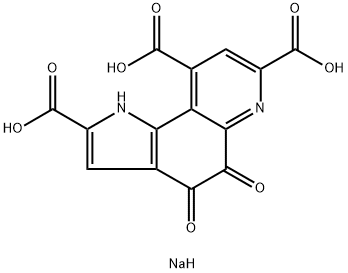
What is Pyrroloquinoline quinone disodium salt?
Description
Pyrroloquinoline quinone disodium salt is a water-soluble quinone compound that has a strong anti-oxidant capacity.
The Uses of Pyrroloquinoline quinone disodium salt
Pyrroloquinoline quinone disodium salt can act as an antioxidant and there is strong evidence that PQQ may play an important role in important pathways of cell signaling. PQQ plays a variety of physiological roles, such as promoting growth and reproduction and providing neurological and cardiovascular protection.
What are the applications of Application
Methoxatin disodium salt is an organic enzyme cofactor
What are the applications of Application
Pyrroloquinoline quinone disodium salt protects cells from oxidative damage and increases the mitochondrial membrane potential, which is essential for the production of ATP. It also stimulates enzyme activities, such as glutathione peroxidase and glutathione reductase, and prevents lipid peroxidation of human serum. This compound also inhibits radiation-induced cellular damage by preventing DNA strand breakage. It may be effective in treating diseases related to oxidative stress, such as diabetes and cancer.
Benefits
1.Antioxidant. PQQ (pyrroloquinoline quinone) is an antioxidant and based on research, it shows to be more powerful at fighting free radicals than vitamin C. Antioxidants work better together, so it is unclear if taking PQQ alone as a supplement can help stop any diseases.
2.Mitochondrial dysfunction. Mitochondrial disease is a group of disorders caused by mitochondrial dysfunction. One study tested PQQ supplements in men who did aerobic exercise for 6 weeks. It increased mitochondria by affecting certain proteins during exercise. Another study showed that dietary PQQ raised mitochondria activity.
3.Anti-diabetes. Problems with mitochondria are part of what causes diabetes. Animal data shows that PQQ supplements fix mitochondrial problems from diabetes and make diabetic mice respond better to insulin. Yet, there isn’t any evidence that PQQ can help people with diabetes.
4.Inflammation. PQQ might lower inflammation by lowering the C-reactive protein, interleukin-6, and other markers in your blood.
5.Nootropic. Substances that help memory, attention, and learning are sometimes called nootropics. Studies show that PQQ raises blood flow to the cerebral cortex. This supplement also may also memory problems in older people.
Sleep and mood. PQQ might help with better and longer sleep. By easing fatigue, it might also help to improve moods.
Source
Methoxatin/pyrroloquinoline quinone (PQQ) is mostly seen in plants, few bacteria and single cell eukaryotes, like yeast. It is mainly obtained from methylotrophic bacteria. PQQ may also present in the tissues of mammals.
Biochem/physiol Actions
In bacteria, pyrroloquinoline quinone (PQQ) is used as a redox cycling cofactor. It acts as a cofactor (prosthetic group) for enzyme-catalyzed redox reactions of glucose and methanol dehydrogenase(s). PQQ is used in liposomes to establish a simple homogeneous assay for the detection of membrane permeabilization by antimicrobial peptides and synthetic copolymers. In bovine plasma amine oxidase, methoxatin may acts as the cofactor.
Side Effects
From Self-Hacked: Anecdotally, some people have reported mild headaches and insomnia – usually either if too much is taken or if someone is very sensitive to the effects of supplements.
From Dr. Axe: The most commonly reported pyrroloquinoline quinone side effects include headaches, drowsiness and fatigue. Extremely high doses can also be dangerous and have actually been associated with some serious and potentially life-threatening effects on health.
keep.health/pqq-pyrroloquinoline-quinone/
Properties of Pyrroloquinoline quinone disodium salt
| storage temp. | 2-8°C |
| form | Solid |
| color | Pink to red |
| Water Solubility | Water : 6.16 mg/mL (16.46 mM) |
| InChI | InChI=1S/C14H6N2O8.Na.H/c17-10-4-2-6(14(23)24)15-8(4)7-3(12(19)20)1-5(13(21)22)16-9(7)11(10)18;;/h1-2,15H,(H,19,20)(H,21,22)(H,23,24);; |
Safety information for Pyrroloquinoline quinone disodium salt
Computed Descriptors for Pyrroloquinoline quinone disodium salt
| InChIKey | UFVBOGYDCJNLPM-UHFFFAOYSA-L |
| SMILES | C(C1C=C(C(=O)O)N=C2C(=O)C(=O)C3C=C(C(=O)O)NC=3C=12)(=O)O.[NaH] |
New Products
4-Fluorophenylacetic acid 4-Methylphenylacetic acid N-Boc-D-alaninol N-BOC-D/L-ALANINOL Tert-butyl bis(2-chloroethyl)carbamate 3-Morpholino-1-(4-nitrophenyl)-5,6-dihydropyridin- 2(1H)-one Furan-2,5-Dicarboxylic Acid Tropic acid S-2-CHLORO PROPIONIC ACID ETHYL ISOCYANOACETATE 2-Bromo-1,3-Bis(Dimethylamino)Trimethinium Hexafluorophosphate (6-METHYL-[1,3]DITHIOLO[4,5-b]QUINOXALIN-2-ONE INDAZOLE-3-CARBOXYLIC ACID 4-IODO BENZOIC ACID (2-Hydroxyphenyl)acetonitrile 4-Bromopyrazole 5,6-Dimethoxyindanone 2-(Cyanocyclohexyl)acetic acid 4-methoxy-3,5-dinitropyridine 2-aminopropyl benzoate hydrochloride 1-(4-(aminomethyl)benzyl)urea hydrochloride diethyl 2-(2-((tertbutoxycarbonyl)amino) ethyl)malonate tert-butyl 4- (ureidomethyl)benzylcarbamate Ethyl-2-chloro((4-methoxyphenyl)hydrazono)acetateRelated products of tetrahydrofuran
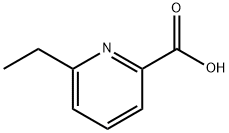
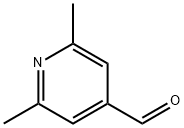
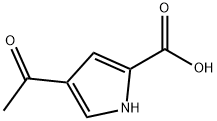

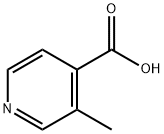



You may like
-
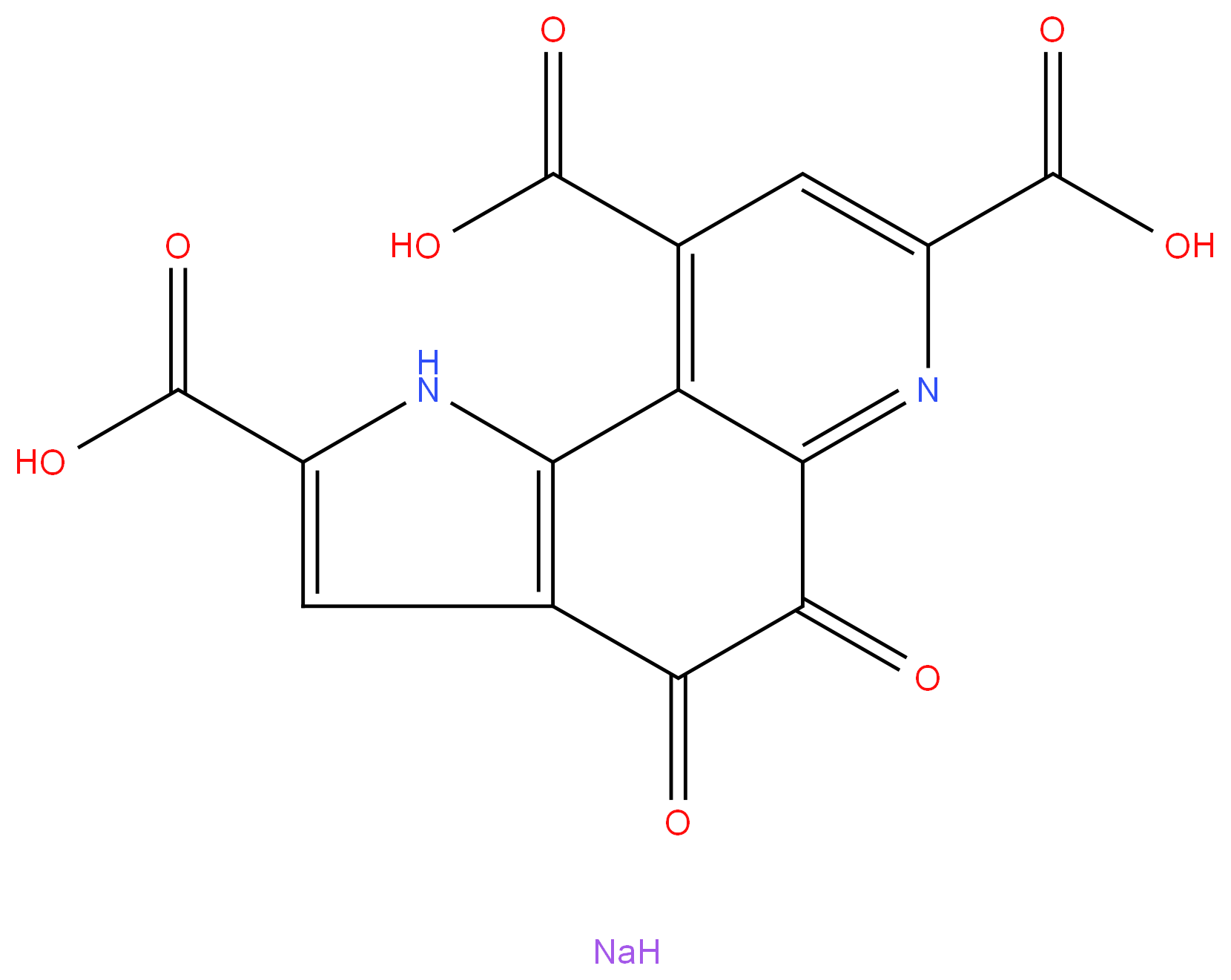 122628-50-6 Methoxatin disodium salt 98%View Details
122628-50-6 Methoxatin disodium salt 98%View Details
122628-50-6 -
 122628-50-6 98%View Details
122628-50-6 98%View Details
122628-50-6 -
 Methoxatin disodium salt 95% CAS 122628-50-6View Details
Methoxatin disodium salt 95% CAS 122628-50-6View Details
122628-50-6 -
 Methoxatin disodium salt CAS 122628-50-6View Details
Methoxatin disodium salt CAS 122628-50-6View Details
122628-50-6 -
 1975-50-4 98%View Details
1975-50-4 98%View Details
1975-50-4 -
 2-HYDROXY BENZYL ALCOHOL 98%View Details
2-HYDROXY BENZYL ALCOHOL 98%View Details
90-01-7 -
 14714-50-2 (2-Hydroxyphenyl)acetonitrile 98+View Details
14714-50-2 (2-Hydroxyphenyl)acetonitrile 98+View Details
14714-50-2 -
 118753-70-1 98+View Details
118753-70-1 98+View Details
118753-70-1